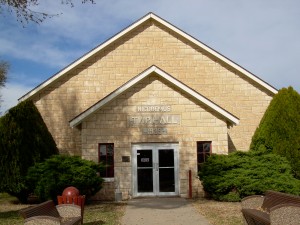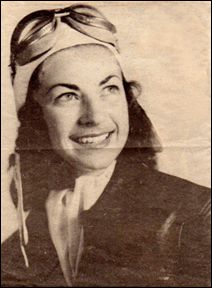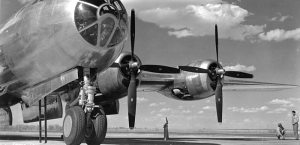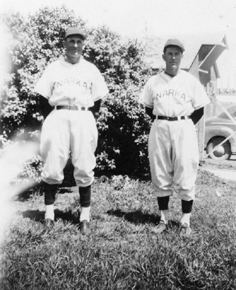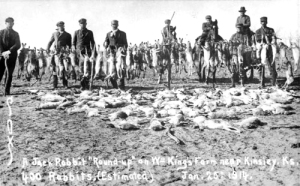Being from Salina, the Dwight D. Eisenhower museum in Abilene was within close proximity to me and I decided to pay it a visit over Thanksgiving break. For those that don’t know (and I’m not sure there are any), Dwight D. Eisenhower is one of the most important Kansans ever. He helped defeat the Axis powers as Supreme Commander of the Allied forces and was later elected President of the United States. Though he was not born in Abilene, he was raised there as a youth and his years spent in the midwest helped shape him into the great leader he would eventually become. He held great admiration for the history of Abilene and was fascinated by the “old days” of cowboys rambling through town. Eisenhower played sports while in school and was a star on his football and baseball teams.
The Eisenhower museum in Abilene provides a wealth of information for anyone that desires to learn more about this great Kansan. While there, I was able to tour Eisenhower’s home, which was an incredible experience. While walking through the house it was hard to imagine that one of the greatest leaders in our country’s history was raised in such a humble and unassuming dwelling. However, after thinking about it more, it seems as though that was the kind of man Eisenhower was. He was not flashy and aloof, and according to accounts of those that spent time around him, his modesty and kindness were infectious.

Eisenhower's childhood home
After visiting his childhood home, I went over to have a look at the museum portion of the complex, which is the only thing that actually cost money, albeit only eight dollars. In there, there were hundreds of items available for viewing with everything from momentos from Ike’s childhood to important military artifacts and documents and items from his time as president. It was a truly fascinating experience, and I especially enjoyed the military exhibits as I am very interested in World War II history.
Finally, I decided to have a look at the place of meditiation, which is a peacful area honoring Eisenhower’s life and his legacy as a great Kansan and American. In the chapel, visitors are able to pay respects to his tomb, which was very unique and powerful. I think that it speaks volumes that Ike, after accomplishing so many things in his life and going to so many places, wanted to be buried in Abilene. All things considered, the visit to the Eisenhower Presidential Museum in Abilene is a must for anyone interested in Kansas history or Eisenhower and I really enjoyed the trip.
David Johnson


